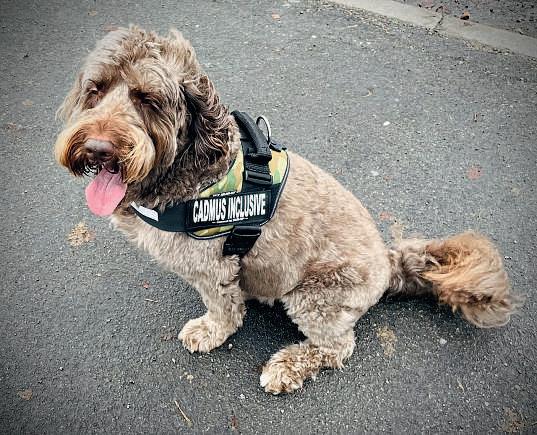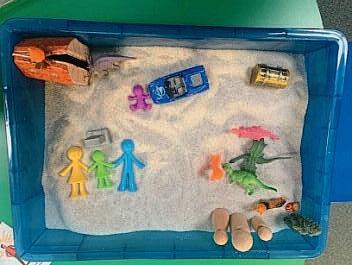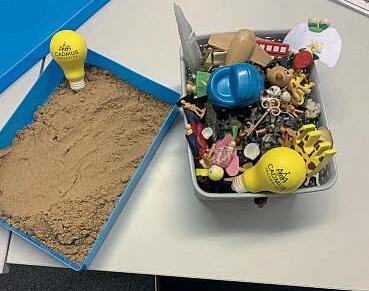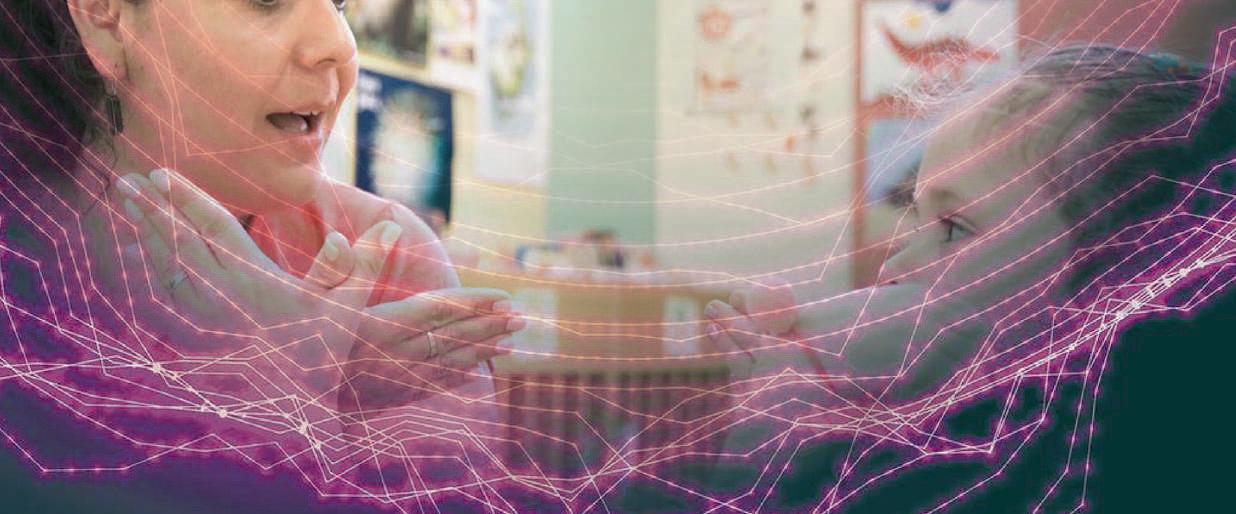
3 minute read
Social, Emotional, Mental Health on aShoestring
Beccie Hawes, from Cadmus Inclusive, outlines how a‘shoestring approach’ to supporting pupils with social, emotional and mental health (SEMH) needs made an impact.
Weare all noticing and feeling the impact of aworryingly huge increase in the SEMH needs of our pupils. This, in turn, is impacting upon their abilitytoself-monitor,self-regulate and access all aspects of school life.
In everyeducationalsetting that we work with, our team are beingasked foradvice andstrategies to supportpupils in this essential and challengingarea. This is compounded by overstretched specialist resources, longwaiting-lists, the impossible task of triaging needsto decidewho does anddoesnot getsupportand school staffwho are desperatetodotheir verybest with avery limited budgettohelp their pupils feel safe andsecure To add to this, we are in acost-of-living crisis, which leads to further stress and strainfor our pupilsand theirfamilies.
Aspecial educational needs andpupil wellbeing service can offer practical supporttoschools. This can be advice about suitable interventions, therapeutic approaches, use of asupportdog, signposting, graphicfacilitationand sand-tray or play-basedtherapies, to namebut afew Although useful forpupils,manyofthese approaches can be expensive to train staff in, andtorun long-term. Theycan also takeupa lot of existingresources.
Consequently, we must be creative about taking the underlying principles of such approaches and usingtheminacost effective but impactfulway to supportasmany of ourpupilsaspossible.Sohow do we achieve this?Hopefully, we canoffer astoryofhope through exploring one ‘shoestring’ approach that paid hugedividends Recently we worked with a school whoneeded a‘budget’ approach toSEMH. Firstly, we exploredhow we could further develop awholeschool ethos that had nurture andthe wellbeing and mental health of pupilsand staffatits heart. To getthere, allstakeholdersplayedtheirpart in reflecting upon their current position. Keyquestions included: Do we have arobustmental health and wellbeing policy in place andisthis ‘lived’ in practiceinour school? Whereisthe evidence of this? What do we already know about our pupils’ mental health and how can we find out more? Can we find consistent and demonstrable evidence that mental health andwellbeing is ahigh priorityand well integrated into our day-today culture andcurriculum? Do ourpupils feel safe enough in school to tell and/ or show us how they are really feeling? How do we knowthat this is thecase? Do we providesupportive mechanismsfor pupils to demonstratetheirmental health andwellbeing to us? If so, what are these approaches andare they well used? Do stafffeel confidentin identifyingpupilswho may have SEMH needs andoffering and/or signpostingsupport?
Once this was complete, asimple actionplanwas drawnupwith all stakeholders, taking into account what wasalready in place and how we could move forwards to build upon this. Asimple issue, initiative and intendedimpact framework was used. This was one of the issueshighlighted:
Issue Initiative Intended Impact
Due to the current level of communication skills, manypupils find it hard to verbally explain how they arefeeling.

Explorehow our pupils can use arange of resources (already available in school) to showus, as opposed to telling us, about their SEMH needs.
Forpupils to havea range of toolsavailable to startconversations abouttheirown social, emotional and mental health.
➜ LEADERSHIP
Working with ourteam, staff identified existing schoolresources for pupils to ‘demonstrate’ their needs, wants, feelings and ideas.While hunting througha cupboard, we found lotsofsmall building bricks, miniaturesmall-world play resources, abag of sandand some oldplastic trays. The staffrecognised that theywere not qualifiedtherapistsbut felt that they could work with thepupilstouse theseresources to allow them to exploresituations that botheredthemand to expressthemselves. After someprofessional reading and several trials, ahybrid version of sand-trayand play-based therapyapproacheswas born
In this approach pupils were given atray of sand, along with aselection of miniatures and small building bricks, that could be used to represent avarietyoffeelingsand situations to build aworld that showed their current situation. Here’sanexample.
In this sand tray (below)a pupil created aworld that showedustheir fear of the family dying (represented by thegravestone, plastic figures of peoplelying down anda car accident) andfriendships breakingdown (representedbythe dinosaursfacing a plastic figurethat symbolised themself). The pupil also included gemstones placed inside atreasurechest to signify them hidingthese feelingsaway from family and friends because they were notsureabout howtoshare them.


BECCIE HAWES
Beccie is the head of service at Cadmus Inclusive, a community interest company offering abespoke SEND advisoryand pupil wellbeing service to schools across the country. For more information, visit www.cadmusinclusive. co.uk or contact bhawes@cadmussupportservices.co.uk
Overtime,each part of the sand-tray was talkedabout and potential real-life solutions were co-created in the sand with atrusted member of staff.Gradually, each one of thesolutions was put into practice inreal life.
At the end of this process, the pupil was given the opportunitytobuild their world again. The final sand-tray showed us a massive change. There were alot fewer dinosaurs, their family were all alive and well in afenced-offarea that represented home and the treasure chest had been opened so that we could see the gems. We also noticed amuchcalmer,happier and settled pupil who was much more willing to engage in lessons.
It isimportant to recognise that we maynot be qualified therapistswho can‘fix’ allour pupils’ needs.However, we can alldosomething–nomatter howsmall–tomakethose that need it feel alittle bitbetterand alittle bitsafer than they do rightnow.While more costly resources canbevaluablein aschool-setting,sometimes we just have to accept that, due to cost and available resources, we can’talwaysoffer whatwe wouldlike to.Therefore SEMHona shoestringbecomes acase of needs-must.Atthe very least we canall:
Trytounderstand
Be there
Be professionally curious about what is ‘hurting’
Value‘behaviour’asaformofcommunication Be willingtolearn and change ourpractices


Listen with our eyesand hearts without judgement.



NICOLA TURNER
Nicola has been working to support widening access and participation since joining the UCAS Policy Team in 2016 and is now working on the UCAS Fair Access Programme. Recently, she has written insight reports on student mental health, students with disabilities and students from acare background. Nicola is aformer secondary English teacher,and head of PSHE and careers education. For more information, get started with the UCAS Hub, call UCAS for help on 0371 468 0468 or message us on social media.










